Minería
Polio mine is one of the largest open coal pits in Asturias. Although it closed down in the 1990s, certain unique elements still stand, such as its brace-less headframes and the large administration building, which is one of the better examples of Modern Movement architecture in a mining setting.
The company Fábrica de Mieres began digging Polio mine in 1953, which was absorbed by HUNOSA in 1967 like the other steel industry-related mining operations in the area. Indeed, this part of Mieres county had been mined for many years – mountain mining, such as Peñón and Baltasara mines; vertical underground mining, such as Tres Amigos Mine and Polio itself; and open-pit mining, such as San Victor and Mozquita-Matona. Polio was in fact an expansion of Baltasara mountain mine by means of a vertical shaft at a site purchased by Fábrica de Mieres in mid-nineteenth century.
Polio is certainly a unique mine in that its headframes lack braces. By means of curved profiles at its base, the headframes are fully integrated into a building over which they tower like iron giants. The building shows an influence from mid-twentieth century functionalism, and its materials include concrete, glass tile for the outer walls, and glass and iron for doors and windows. The horizontal windows provide much character to this building which could be regarded as the best Modern Movement architecture production in an Asturian mining setting.
Its central building served many purposes, from coal extraction to technology-related ones, as well as administration and other services. The powerhouse is also worth mentioning – it was located between both headframes and featured a wooden platform that granted a better isolation – and housed an electrical substation and two twin-cable Koepe pulley extraction machines, controlled from some curiously designed cabins. All this was dismantled after the mine closed down in 1995.
Finally, there also remain some imposing concrete hoppers from 1962, used for storing coal in the yard.

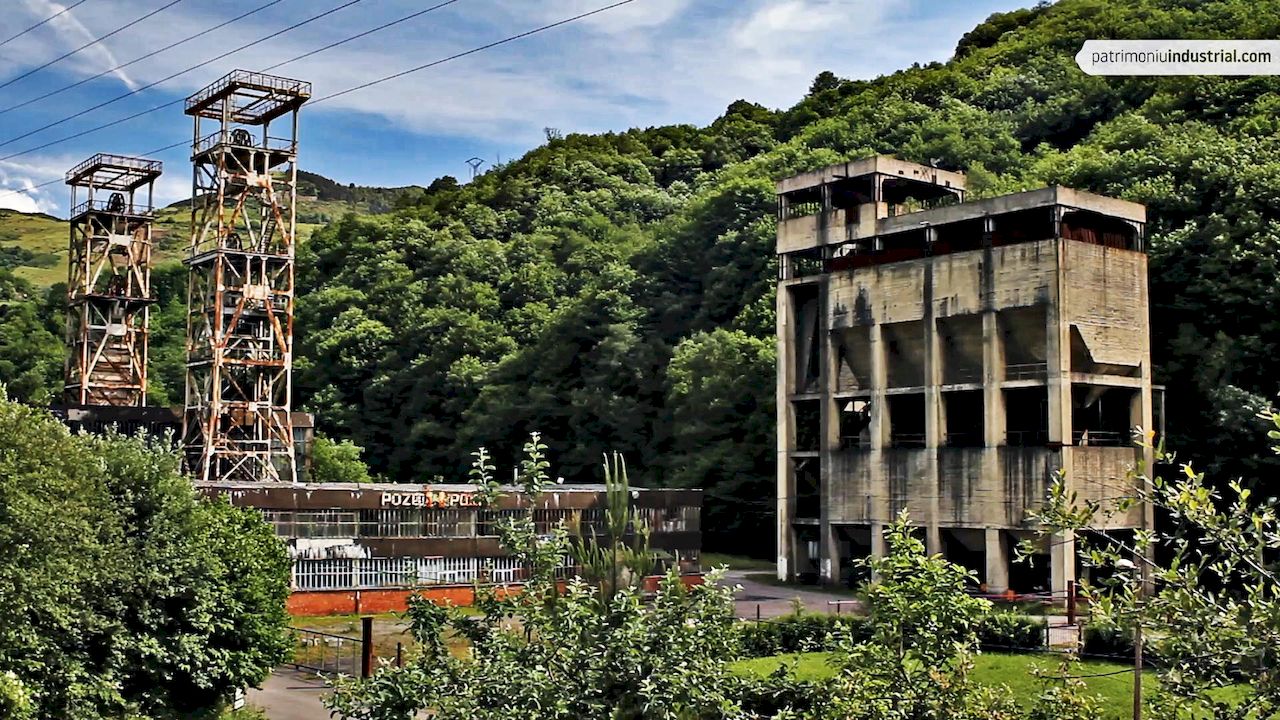
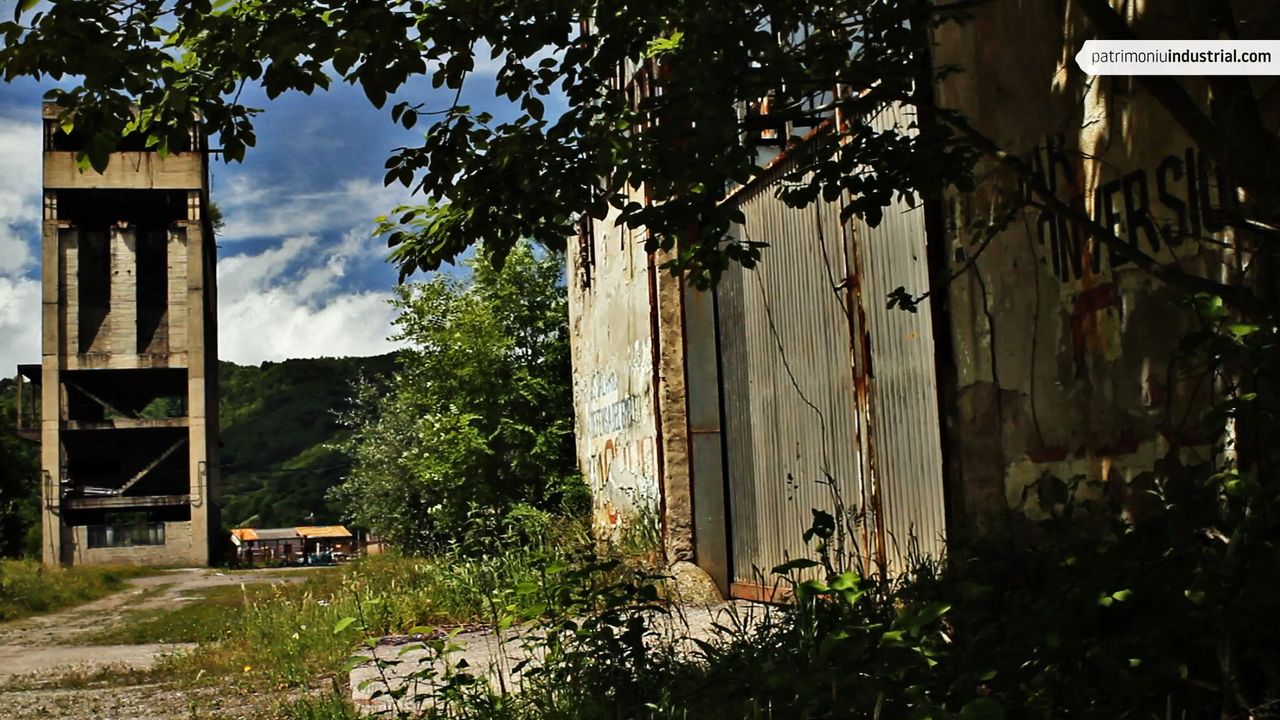
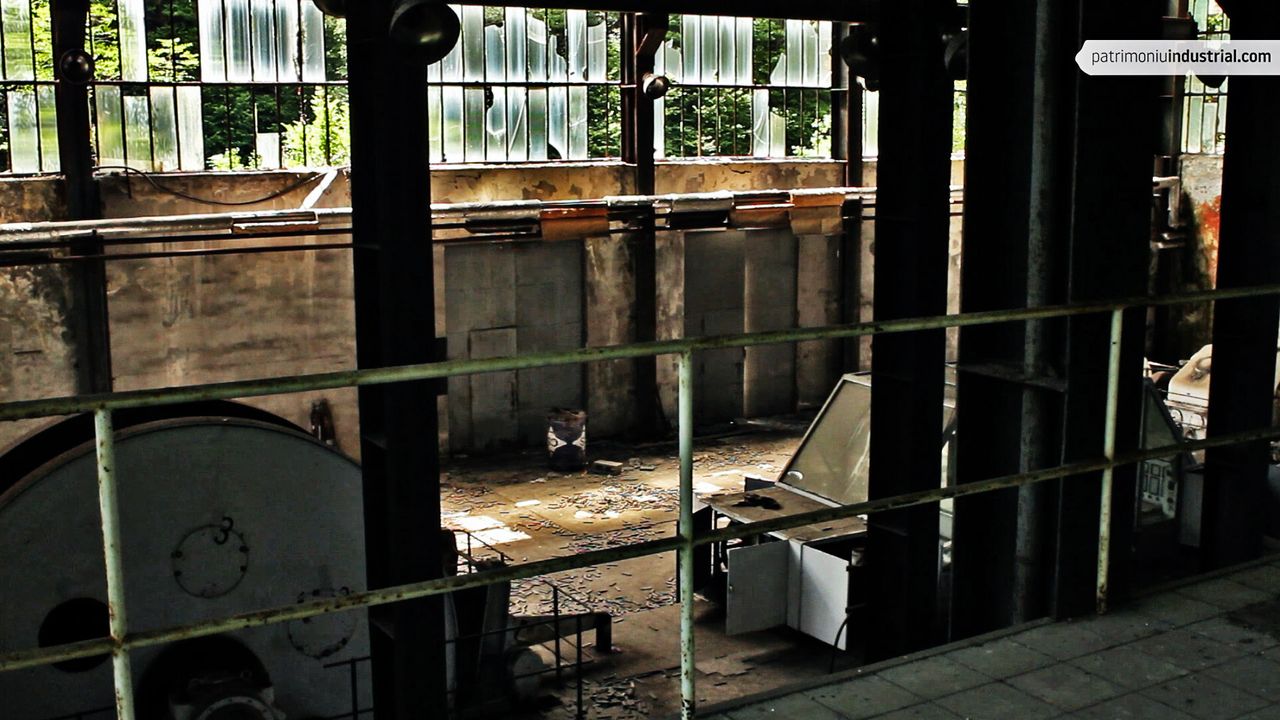
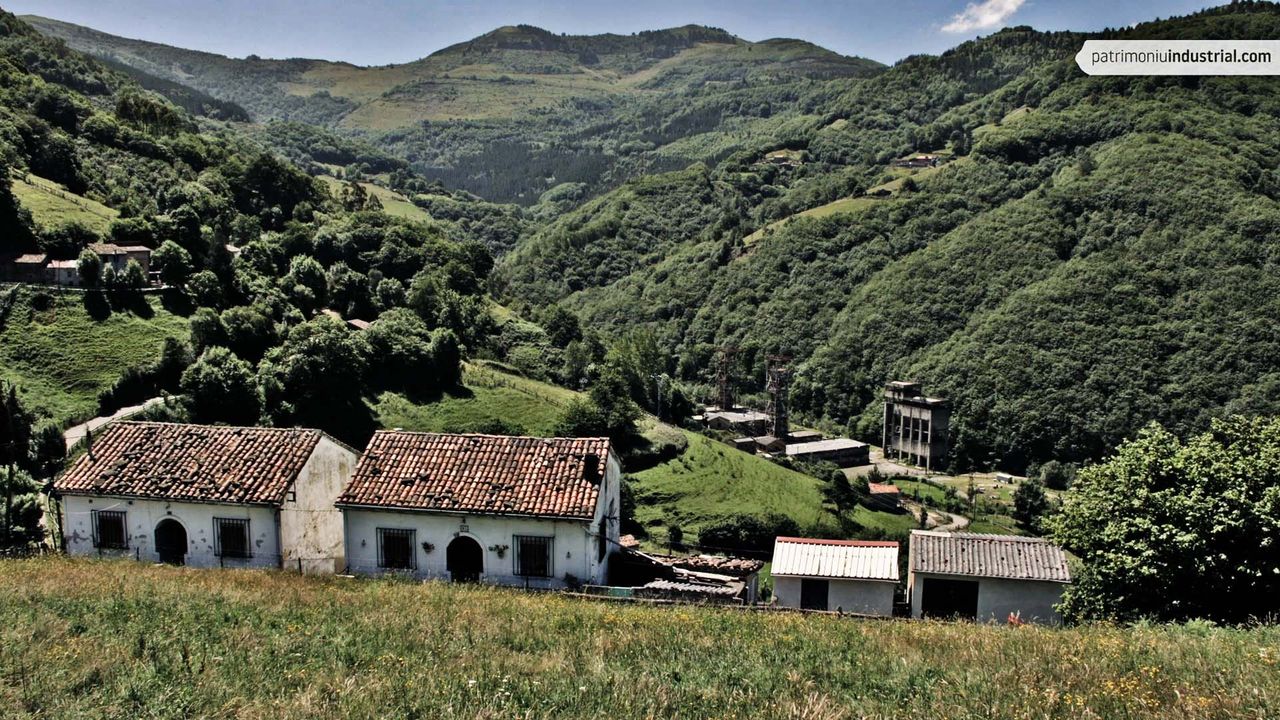
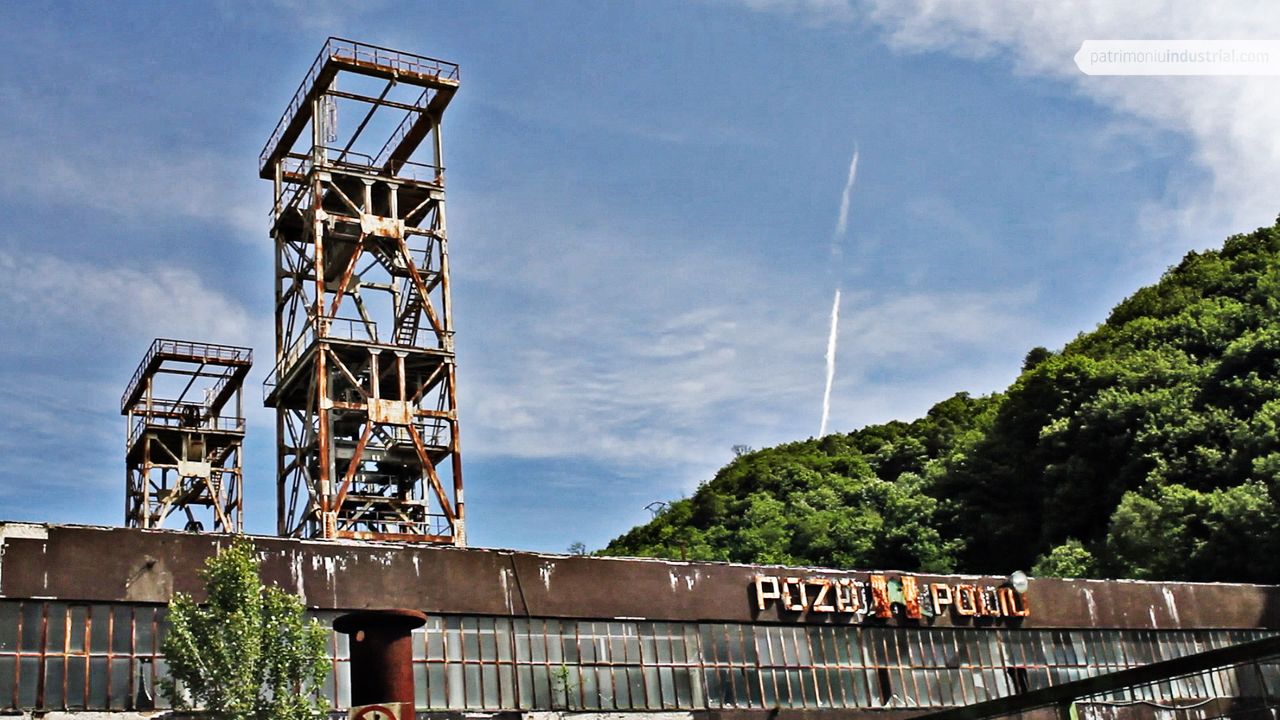
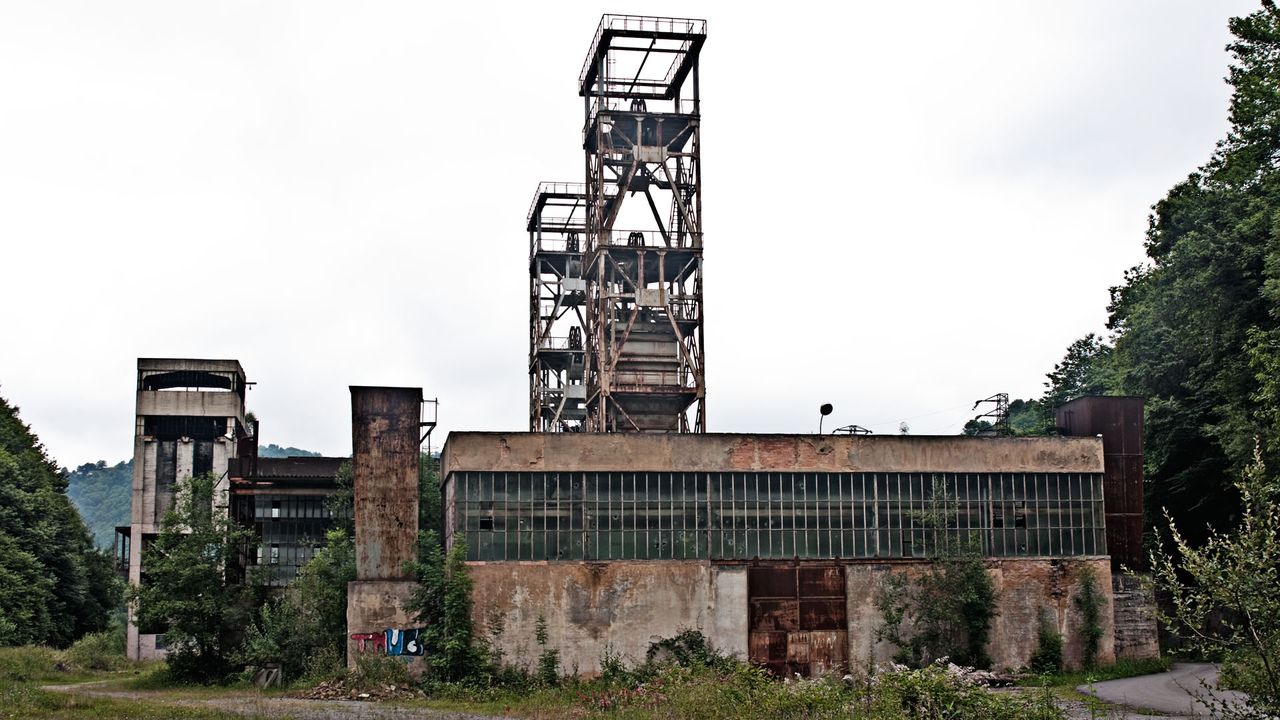
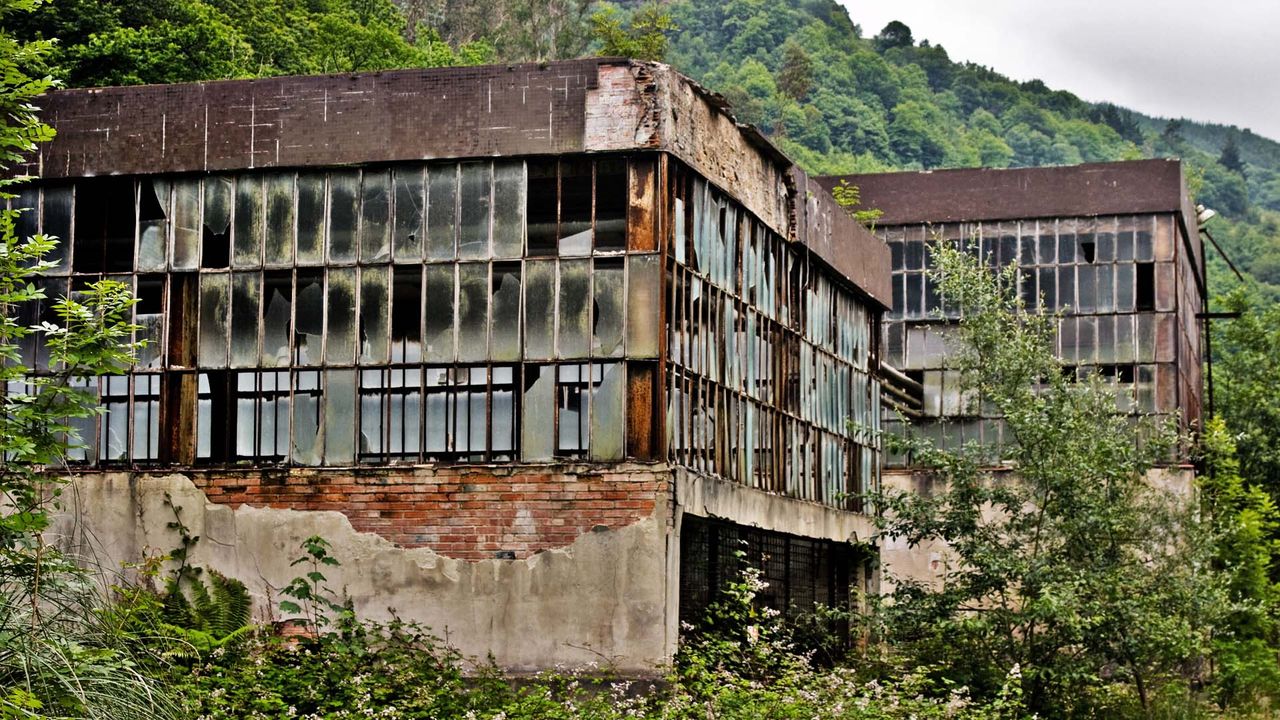
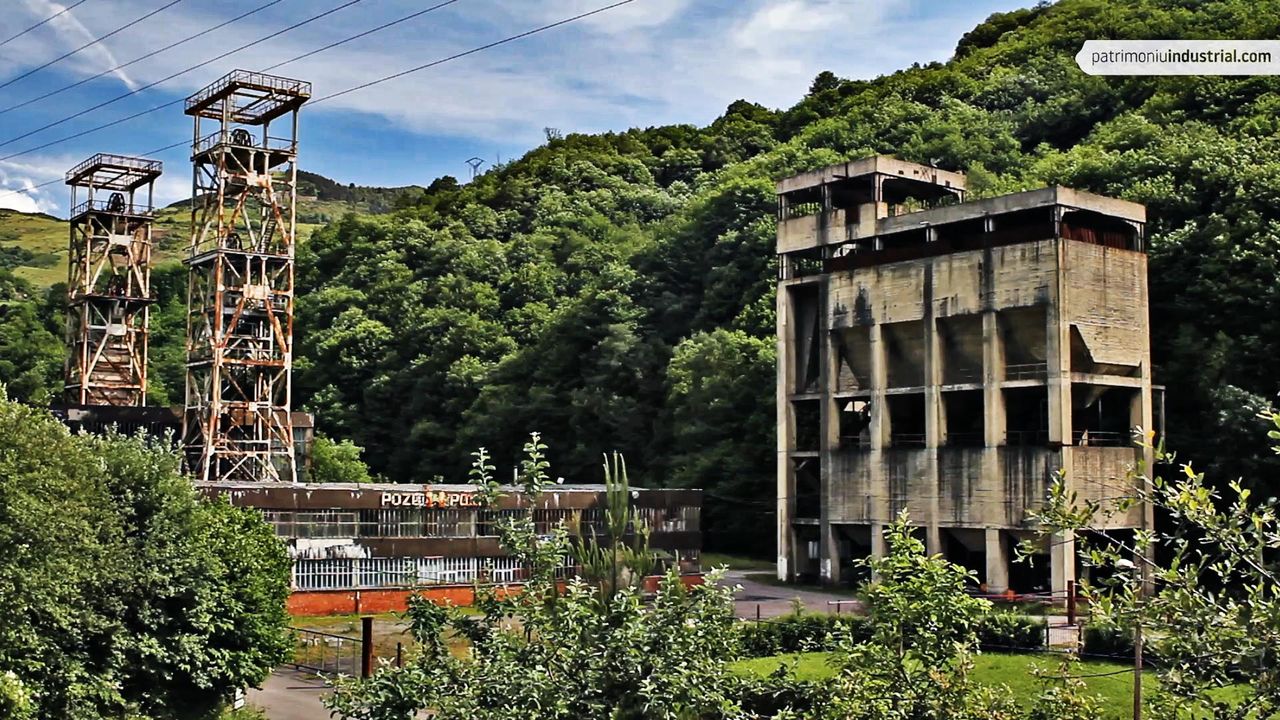
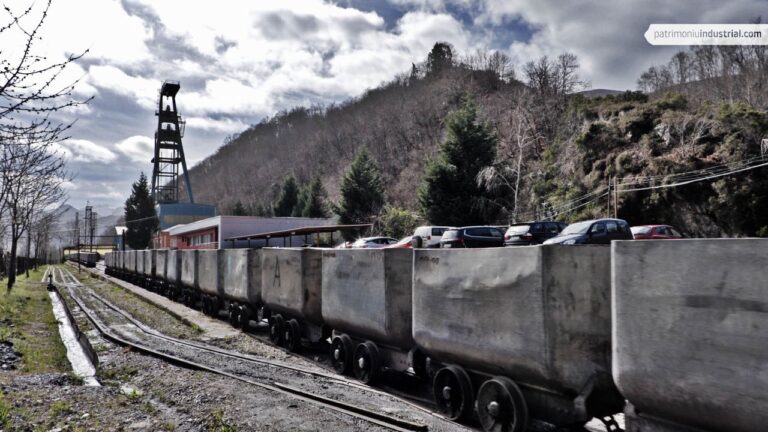
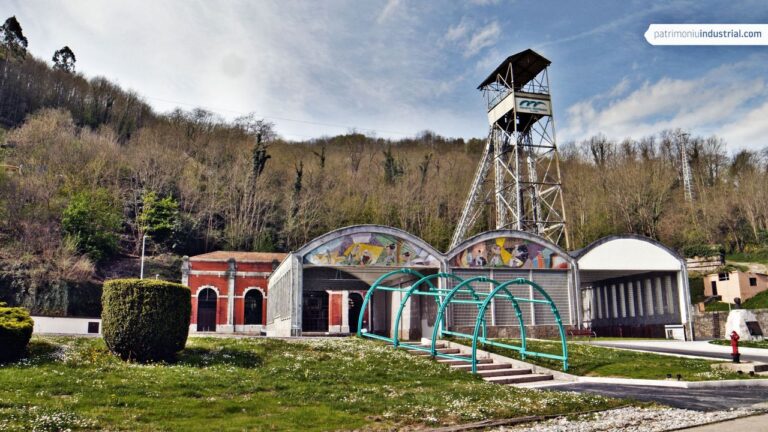
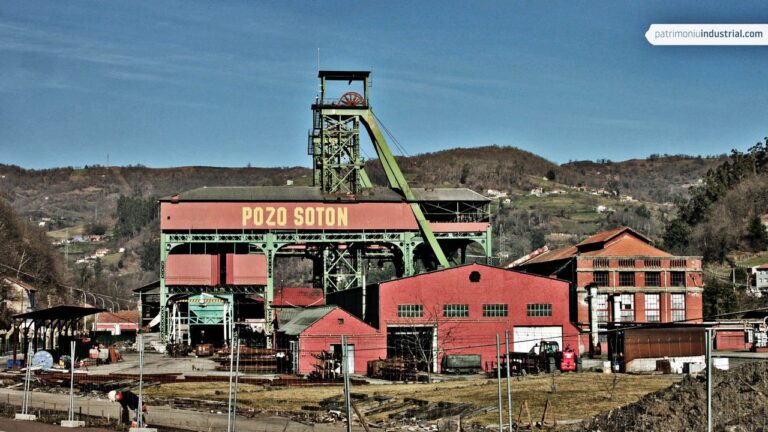

Recent Comments